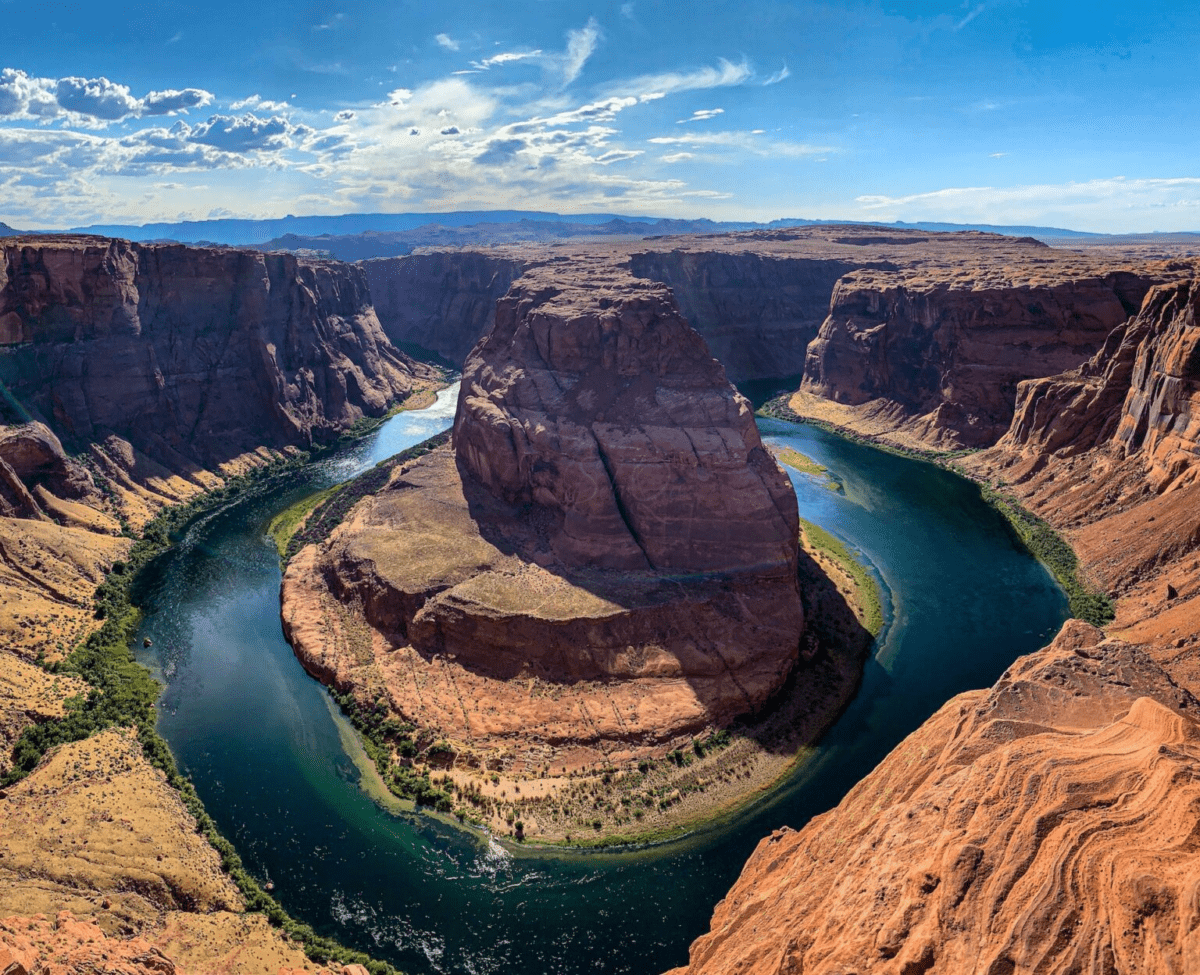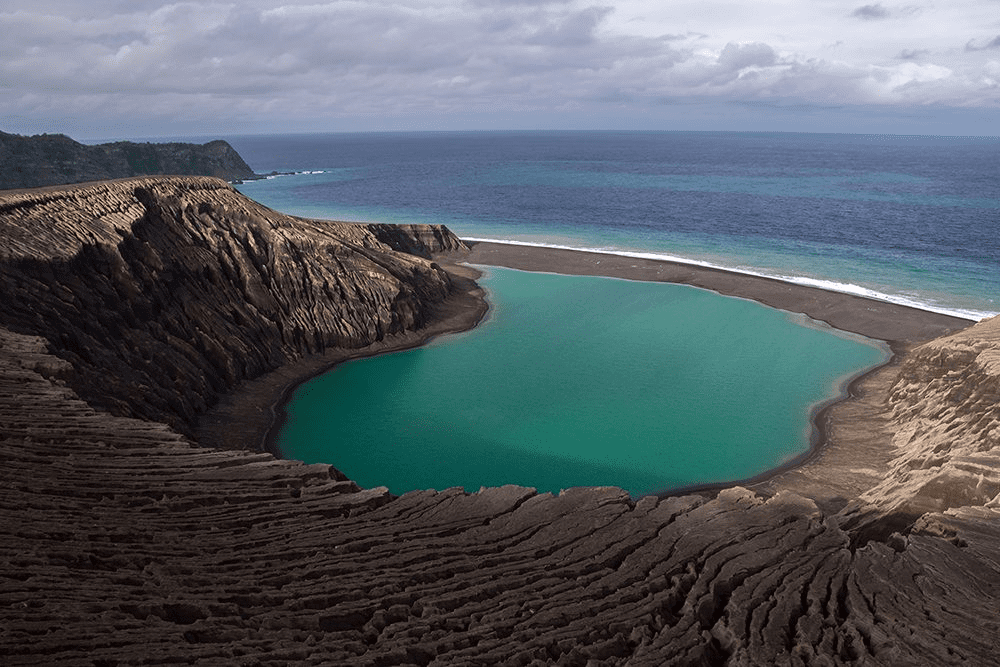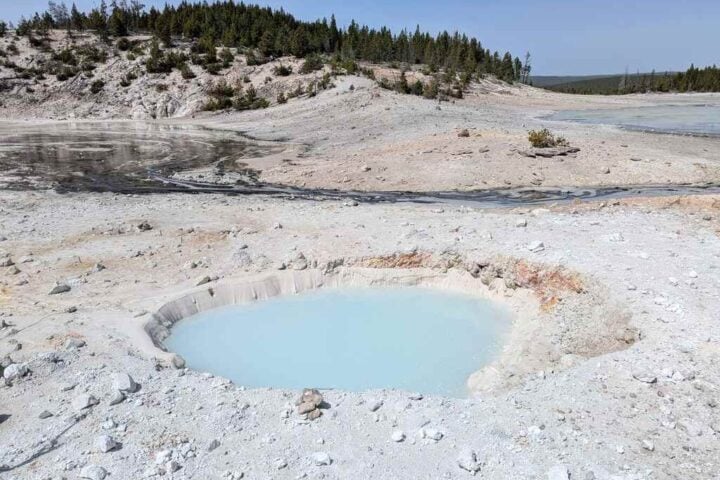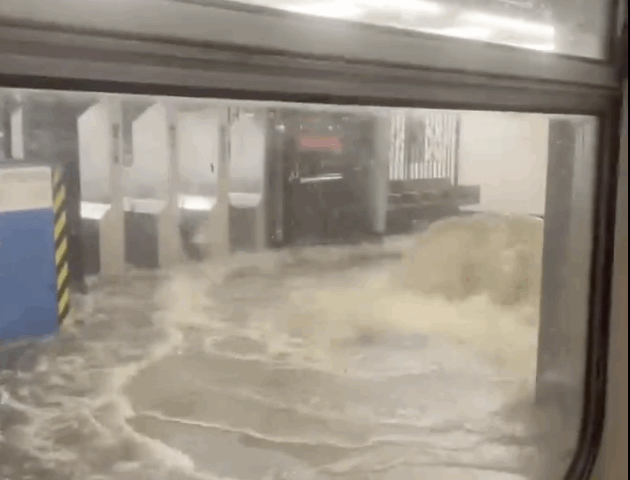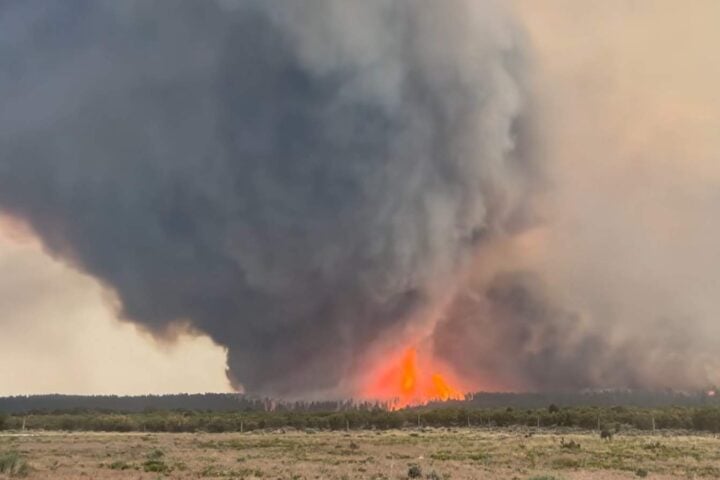The negotiations to save the vanishing Colorado River between seven states have failed, with California standing apart from the rest. The talks aimed at making substantial water cuts for the Colorado River, a crucial source of water and electricity for over 40 million people in the West. As the river’s water levels dwindle, the US Bureau of Reclamation asked the seven states to reduce usage by 2 to 4 million acre feet, which could be up to 30% of their allocation. When an agreement couldn’t be reached, the federal government threatened to step in. However, six states including Arizona and Nevada have proposed a solution to cut Colorado River water and avoid a collapse that could lead to the country’s largest reservoirs hitting a “dead pool” state, where water levels are too low to flow through the dams.
The proposed cuts by the six states in their model for the Colorado River are a maximum of 3.1 million acre feet annually, accounting for water conservation and evaporation. This could become effective if the reservoir levels drop to critical levels. Meanwhile, California, the largest user of Colorado River water, will release its own plan for cuts, expected to be around 1 million acre feet, which is significantly lower. This difference in proposals between California and the other six states raises the possibility of the water dispute reaching the country’s highest courts, especially if the federal government proposes severe cuts for California, which has a senior water right claim through its Imperial Irrigation District that supplies water to Southern California farmers. The strained relationship between California and Arizona, compounded by the river’s crisis due to overuse and drought, exacerbates the water conflict.
According to JB Hamby, the lack of agreement and the six states proceeding with a plan not in line with the law is concerning and increases the risk of litigation. Hamby believes it’s in everyone’s best interest to avoid legal action. Meanwhile, the Colorado River, a crucial water source for the West, continues to deplete. David Hayes, a former top climate advisor to President Biden, now at Stanford Law School, warns that California is taking a dangerous approach and the consequences of not addressing the issue could impact the state’s entire economy, as it affects more than just water rights holders.
As state agreement remains elusive and the federal government faces mounting pressure to take action, many negotiators and observers anticipate legal action this year, potentially even reaching the Supreme Court. Lawyer Wade Noble, representing farmers and irrigation districts in Yuma, Arizona, states that those who have hired legal teams hope to have Supreme Court experience. The crux of the issue in California and Arizona’s struggle to agree on water cuts is priority – who legally has the first claim to water when cuts are necessary. Imperial Irrigation District has senior rights, allowing it to use over 3 million acre-feet of Colorado River water annually, equal to Arizona and Nevada’s combined allocations.
“In 1968, Arizona made a deal, agreeing to a lower priority water right in return for constructing the Central Arizona Project, a system of canals that divert Colorado River water to cities and agriculture in the region between Phoenix and Tucson. As a result, in the event of cuts, Arizona has traditionally been the first in line, while California’s allocation remained unchanged. However, recent arguments suggest that cuts should be distributed more evenly, instead of fully cutting off cities like Phoenix and Tuscon.
Brenda Burman, the General Manager of the Central Arizona Project and a former Commissioner of the Bureau of Reclamation under the Trump administration, stated: “We require all water users to acknowledge the current reality of the river. As the river continues to shrink and there is less water than ever imagined, everyone who benefits from this infrastructure must be willing to contribute some water.”
As water levels in Lake Mead continue to decline to levels unseen since its creation, the question of who holds priority water rights has become increasingly pressing. The Imperial Irrigation District has argued that they hold senior water rights and will not relinquish them easily. However, experts warn that the old water right agreements may not withstand the reality of the rapidly depleting river system. Delaying needed action through potential litigation could be a hindrance, as the complex water rights case could take years to reach the Supreme Court, with no guaranteed outcome. According to David Hayes, a former top climate aide to President Biden, the reality of the insufficient water supply needs to be faced, rather than waiting for a legal decision.
